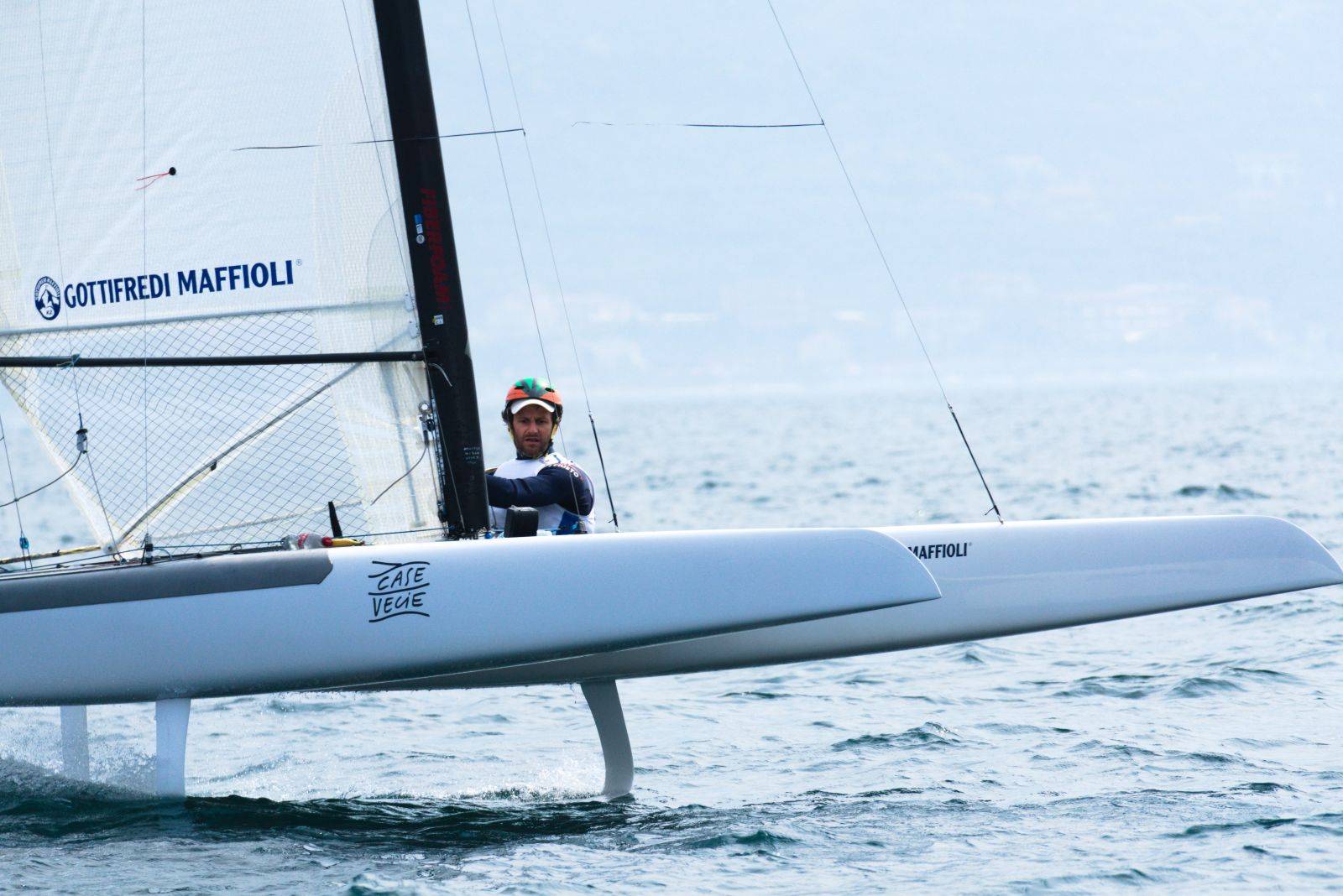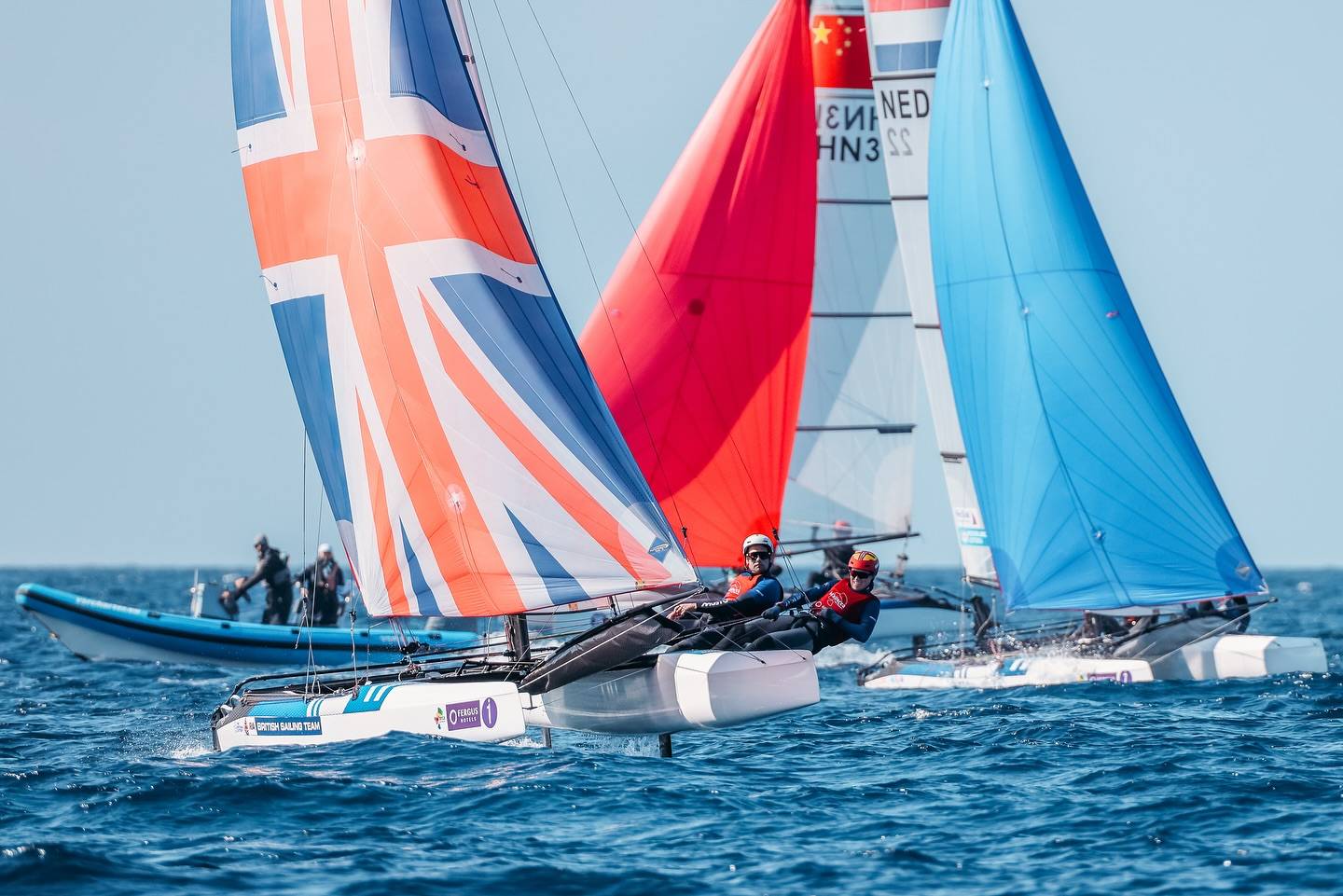AC 34 Rules change: One Wing for all conditions
 Last week afer seeing the X40s reefing in +20 knots, the one wing solution came up again. As they couldn´t provide a viable solution the ACRM opted on two differents sized wings. Excerpt from ACup website:
Last week afer seeing the X40s reefing in +20 knots, the one wing solution came up again. As they couldn´t provide a viable solution the ACRM opted on two differents sized wings. Excerpt from ACup website:
“With teams already working on their ultimate America’s Cup designs of the AC 72, all agreed that one wing size of up to 40-meters (131-feet) could be raced across the wind range. This also allows for more efficient logistics with only wing size rather than two different size rigs. This is a good example of the teams working together to improve efficiencies and reduce costs for all competitors.”
If you are interested on Wing technical talks you need to read SA forums where Clark and others contribute to some really interesting discussions, there I found a excellent inflatable wing solution I once thought of looking at Kites, that was already invented and tested by Dan Kaseler, the current maker of Raptor Sails and also Finian Maynard speed record windsurfing sails.
With this kind of wing you can ‘easily’ design an inflatable wing top section that can depower the wing deflating that top section. With the rest of the wing being standard construction.
Photo: Darrell Wong

But I also contacted C-Class and Wing guru Steve Clark to learn from people that really knows what they are talking, he doesn ´t like to add weight and complications to his wings and this was his response:
“I have never bought into the notion that you have to remove wing area.
This is simply because the wing, with 0 degrees angle of attack has less
drag than a mast with all the sails lowered. So the key is to be able to
rotate the wing such that it has 0 degrees angle of attack.
On the C Class I believe I can survive until it is blowing so hard that the
boat is literally blown out of the water. We can do this by sailing slowly
upwind with the wing completely un-cambered and the sheet well eased.
Going downwind is a completely different problem and all bets are off. If I
am going to add weight and complication, it would be to make the wing
capable of rotating 360 because that will actually reduce the aerodynamic
drag to the point where survival is more likely than with a wing whose area
has been reduced 25% but which can’t be eased all the way.”
Steve Clark-




























I just heard that my great sailing friend and former CEO of Hobiecat Europe has passed. May The endless oceans…
...Report was sent by an F18 Sailor, if you want Hobies reported send your own, we'll publish as usual. Cheers.
Looks like in your report the Hobies are not really present. Suggest to rewrite the article.
Thanks for the great report Wik. Great battle.
If I correctly read the results the overall winner this year is a Hobie16